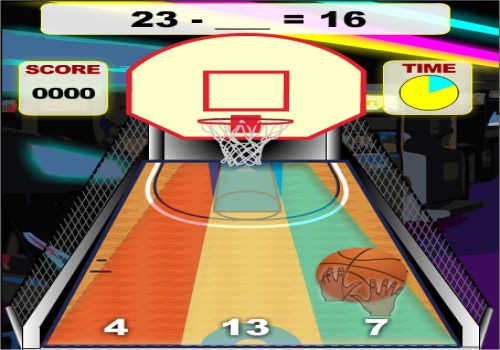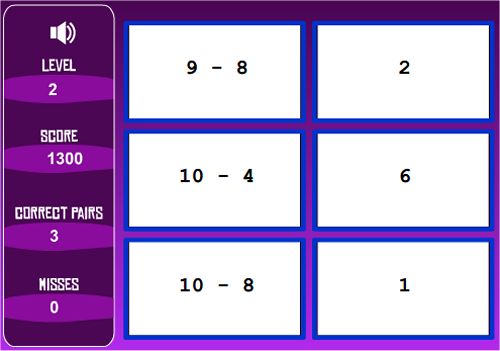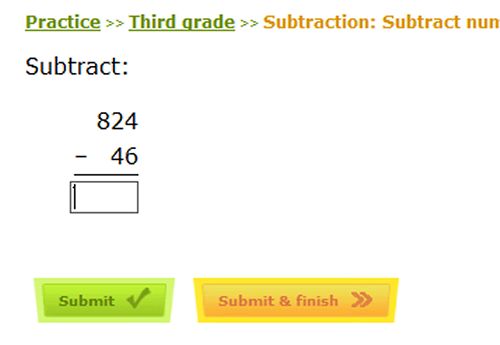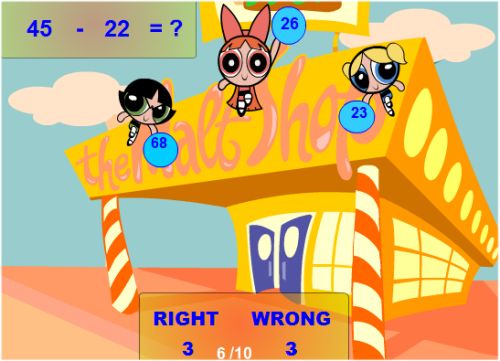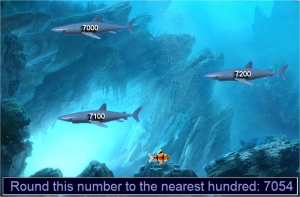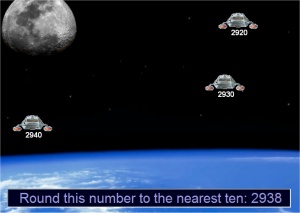Properties, properties. So many to teach and so little time. Not to mention what an abstract concept it is for students to understand. Here are some tricks I use when teaching the properties of multiplication:
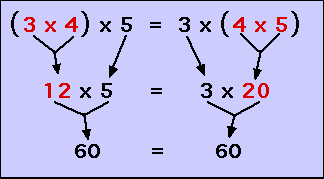 2. Associative- We start by talking about friends. Friends are the people we choose to be with. When we are on the playground or in the lunchroom, we group ourselves with our friends. Another word for grouping is associating. We associate with our friends. Associate means to group. When we multiply 3 or more numbers, we can't multiply all of them at the same time so we group them or associate them. To show the grouping or associating, we use parentheses to show which numbers we are grouping together first: 3 x (5 x 6)=3 x 30=90. The Associative Property says that it does not matter which two numbers you group together or associate first, the answer will still be the same. We show the Associative Property like this: 3 x (5 x 6) = (3 x 5) x 6. When we are multiplying the factors 3, 5, and 6, it does not matter which two we group or associate together first. When we find the final product, the answer will always be the same.
2. Associative- We start by talking about friends. Friends are the people we choose to be with. When we are on the playground or in the lunchroom, we group ourselves with our friends. Another word for grouping is associating. We associate with our friends. Associate means to group. When we multiply 3 or more numbers, we can't multiply all of them at the same time so we group them or associate them. To show the grouping or associating, we use parentheses to show which numbers we are grouping together first: 3 x (5 x 6)=3 x 30=90. The Associative Property says that it does not matter which two numbers you group together or associate first, the answer will still be the same. We show the Associative Property like this: 3 x (5 x 6) = (3 x 5) x 6. When we are multiplying the factors 3, 5, and 6, it does not matter which two we group or associate together first. When we find the final product, the answer will always be the same.
Here are the notes that students will have in their notebooks:
And they will be expected to complete tasks like these:

Here is the PowerPoint presentation that I use in class to teach students about the Properties of Multiplication:
More PowerPoint presentations from Elizabeth
Videos are a great way to learn and review. Here are a few of my favorites:
The best way to learn is to practice, and nothing gets kids more excited about practicing than playing games on the computer. Here are some games to help practice the Properties of Multiplication:



















